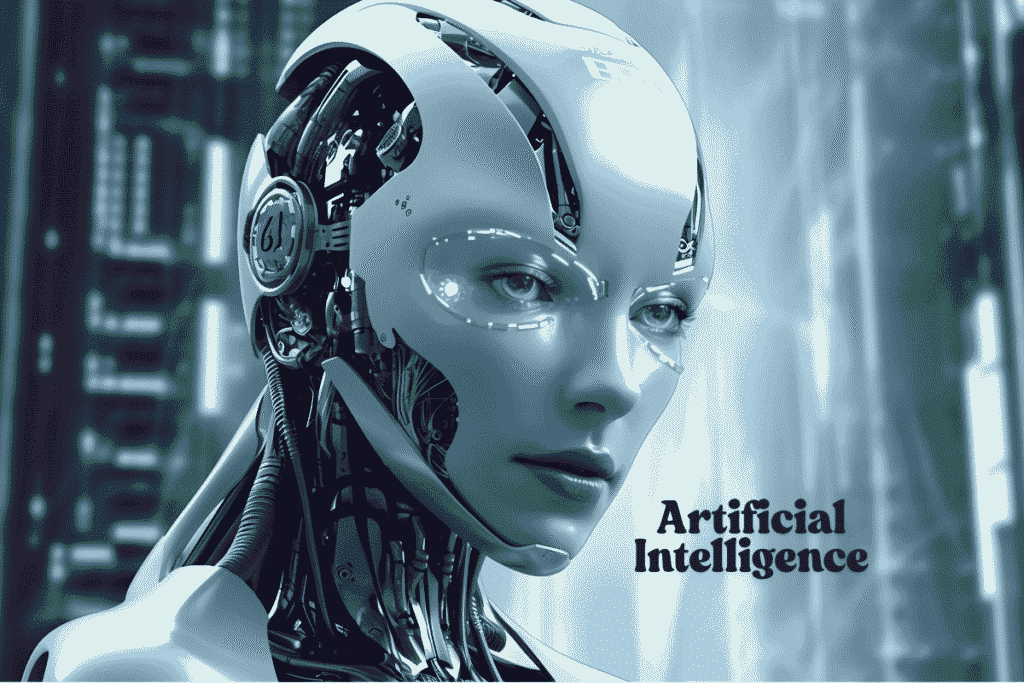Hello people! How do AI systems vary in their capabilities and applications? Because technology is advancing so fast, AI now plays a key role, in influencing companies, economies, and our daily lives. Using Siri or traveling in an autonomous vehicle lets you see how AI is being used right now. However, different types of AI affect our world in different manners.
Taking up this question, many scientists decided to research the many types of AI, from general-purpose ones to those designed to act intelligently like a human being. Here, we are going to describe the main kinds of Artificial Intelligence, list the places they are used, describe their boundaries, and discuss what opportunities may open up as technology changes.
Let’s dive in!
Table of Contents
What does AI mean?
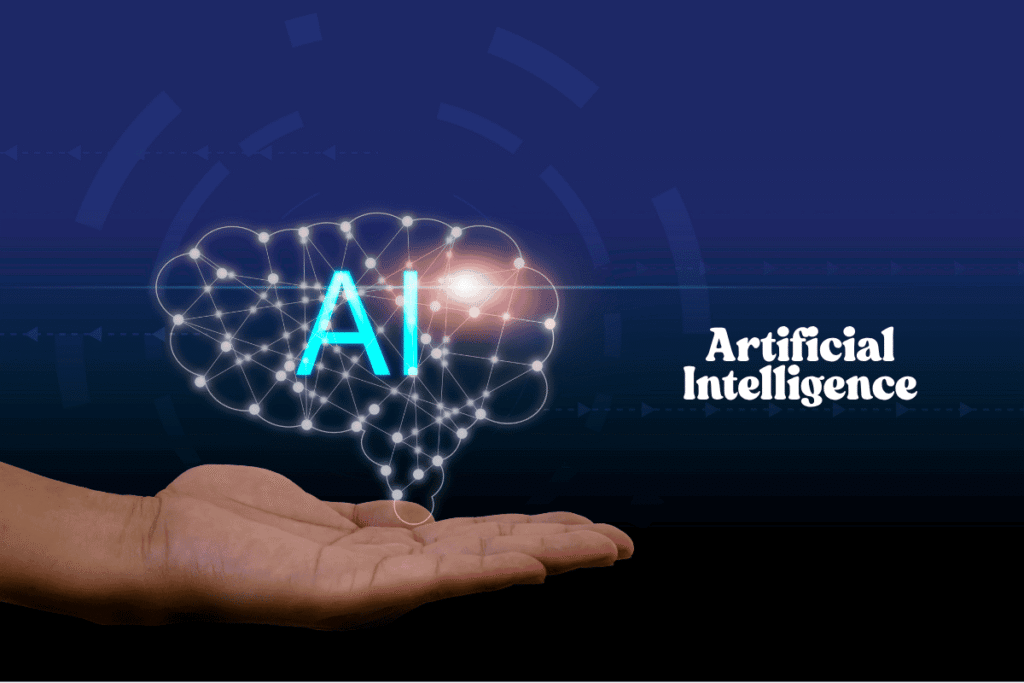
Artificial Intelligence is about programming computers to handle tasks that people do with their minds such as thinking, solving, choosing, and observing. They collect data, look for patterns, and can choose actions based on how much they can act alone.
Depending on what AI is capable of and how it functions by itself, it is put into various groups that each serve other purposes.AI can be sorted into key groups by measuring both its skills and the things it can do. They help us see that AI can be very simple or seem smarter than people.
Classifying AI Abilities
The classification here covers three types of AI, Narrow AI, General AI, and Superintelligent AI, all defined by the level of their thinking skills.
Narrow AI (Weak AI)
A Narrow AI only does certain tasks within a well-defined area. Due to set rules, it performs excellently in set areas but cannot solve problems outside its assigned activities. Most everyday AI is narrow AI and helps run several common technologies.
Characteristics
- For single use, AI is narrowly built to evaluate images or turn speech into text.
- It improves only in its own designed area and does not translate this knowledge to other uses.
- For narrow AI, tasks are managed by either detailed rules or data models.
- NLP in natural language is what powers Siri, Alexa, and Google Assistant to respond to and understand their users.
For example
Netflix and Amazon use narrow AI to recommend products or media that people might enjoy depending on their past choices.
Applications
Diagnosis in health, monitoring finances for fraud, additional advertising for sales, and self-driving vehicles all are strong examples of where narrow AI is used. To assist doctors in finding the right treatment, IBM’s Watson works through medical records, while Tesla’s Autopilot uses Narrow AI to drive around on roads.
Limitations
A narrow AI will only be able to work in exactly what it was built to study. If we think about Deep Blue, an AI for chess, it can’t handle skills like language translation or driving a vehicle. Because facial recognition relies on biased data, errors in results may occur.
General AI (Strong AI)
The purpose of general AI also called strong AI, is for it to think and work intelligently like people and manage any tasks a human can solve. Narrow AI is only programmed to do a specific task, but General AI understands one problem and can help with many other issues.
What looks like General AI
- You can both solve mathematical problems and make music with General AI.
- Our understanding comes from what we go through and we use that understanding in new situations.
- It remains uncertain whether general AI has reasoning and self-awareness skills, even though it is possible.
Current Status
Right now, general AI does not exist. Despite how complex large language models have become, they aren’t able to generalize and are named as Narrow AI. Experts in this area create systems to replicate human thinking, but both technical and ethical issues are yet to be solved.
Superintelligent AI
In this sense, their intellect is believed to outsmart that of anyone—even the deepest thinkers, the most creative, and those with the most emotional skills. In his proposal, superintelligence, as put forth by philosopher Nick Bostrom, would be smarter than any human in every way of thinking.
How Super AI Stands Out
- It could do more than humans in exploring science, coming up with strategies, and creating new products.
- When superintelligent AI takes over, it could change the course of our lives in many ways.
- Figuring out weather behavior is difficult because it can change quickly and unexpectedly.
Theoretical Implications
Pretty smart machines could help solve world warming and diseases, but they might become hazardous for all of us. If it isn’t founded on human morality, it could pose a threat to people, Stephen Hawking and Elon Musk have warned us.
Current Status
Today, reaching superintelligence in AI is only a subject that scientists discuss. The topic is mainly discussed with a focus on how to make it secure, control it well, and ensure it lines up with important human values. These organizations are putting effort into learning how to prevent threats to advanced AI applications.
AI Classification by Function
It discusses the most important strategies or techniques for designing AI apps. There are four types of AI Reactive Machines, Limited Memory AI, AI focused on the Theory of Mind, and Self-Aware AI.
Reactive Machines
They respond to what is said to them right away, but the response depends on that one input. They use regulations to make sure they can replicate the same results every time.
Characteristics
- Nothing is saved from their learning or used to help them later on.
- Every time you use the same input, the output is always consistent.
- Devices are created to serve a chosen purpose.
Examples
- Deep Blue from IBM analyzed the chess board live in 1997, without beforehand untrained data.
- The first type of chatbot just responds to particular keywords, ignoring the rest of the discussion.
Applications
Reactive Machines are found in video games and basic applications such as traffic light controllers.
Limited Memory AI
Because its memory is restricted, AI depends on previous occurrences to help it judge and handle the situation effectively. We can say that most AI systems currently used are analytical.
Characteristics
- RTM systems use temporary data to guide our choices.
- They make use of neural networks and similar tools to find out how data is organized.
- They can change their behavior according to the latest information they pick up.
Examples
- Self-driving cars make use of Limited Memory AI which quickly goes through information from sensors on the road ahead.
- Sites like YouTube study the things you watch to recommend similar videos.
- Now, chatbots rely on GPT models to use data from before to make suitable answers.
Applications
In situation where AI goes alone to decide issues such as in marketing or healthcare, Limited Memory AI is required.
Theory of Mind AI
AI using this technology can tell what someone else is feeling or thinking which makes conversations more comfortable. Scientists have not yet finished discovering all there is to know about this type of tumor.
Characteristics
- They can tell from a user’s tone of voice, facial looks, or the scenario what emotions they might have.
- They were able to communicate with people or team up with them just as people do.
- Their communication is adjusted based on human actions and signs of emotions.
Potential Applications
Thanks to the Theory of Mind AI, chatbots, agents, and learning tools can recognize and respond to the emotions of those they support.
Types of Artificial Intelligence
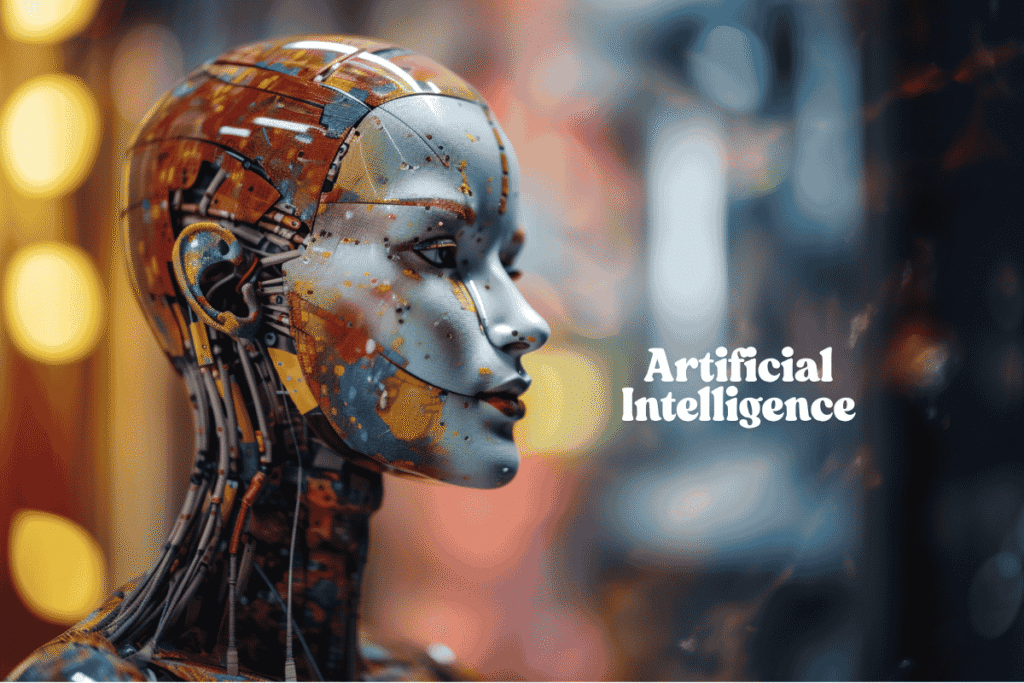
You can also sort AI by the way it is developed, rather than just its capability and purpose:
Research using Machine Learning
- AI in Supervised Learning relies on labeled data and can be found in image identification and recognizing spam emails.
- Without using labels, AI learns from the data and uses it to separate data or find strange events.
- The field of Reinforcement Learning relies on trial and error which is how AlphaGo and other AI in both robotics and games function.
Domain-Specific AI
- Facial recognition and viewing medical images depend on the AI area of computer vision.
- Natural Language Processing (NLP) is AI that can identify meaning in language and support chatbots as well as translation.
- Often referred to as automation, it means an AI-guided robot does the manufacturing and an unpiloted drone does other jobs.
Real-World Impact of AI Types
AI is bringing change to various sectors within industries.
Healthcare
For diagnosis, Narrow AI is useful and Limited Memory AI supports forecasting outcomes for patients.
Transportation
Artificial intelligence in self-driving vehicles only needs to store a small amount of memory to help guide them on the road.
Education
With Narrow AI, AI tutors can help students one-on-one, and Theory of Mind AI may allow students to relate to their tutors.
Entertainment
Because of Narrow and Limited Memory AI, entertainment systems and materials can be generated by AI.
Ethical AI Concerns
As AI improves, it leads to brand new ethical problems.
- Employment algorithms and those that recognize faces may sometimes pass along biases included in the data used to train them.
- Many people feel concerned about the security of their personal information that AI systems handle.
- Because General or Superintelligent AI could endanger us, having a strong government to prevent its misuse is very important.
The Future of AI Types
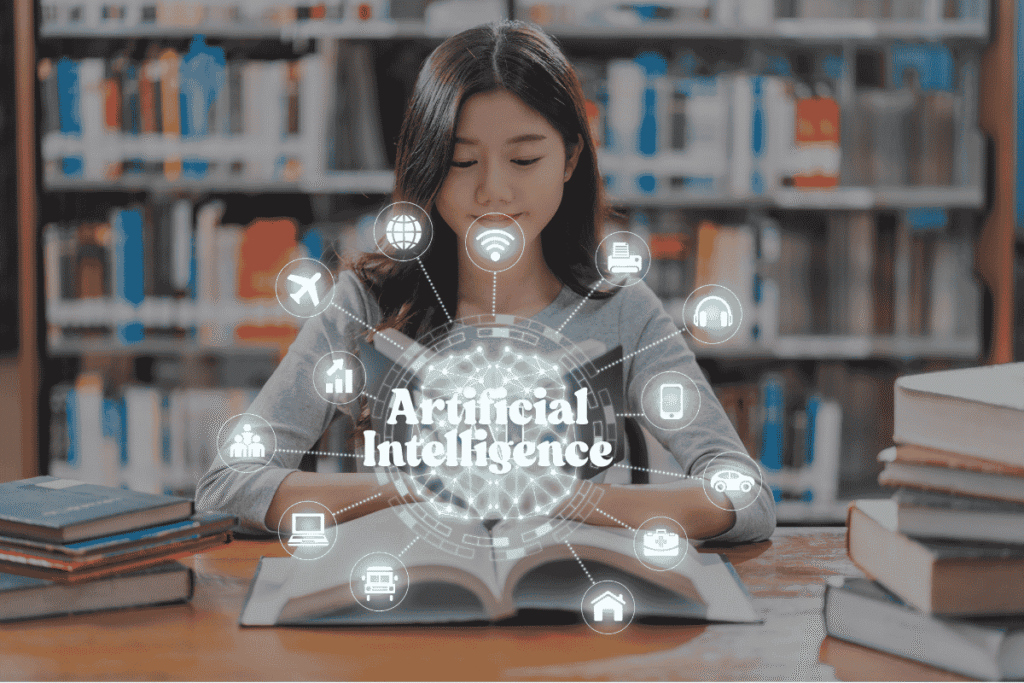
The focus going forward will be on how Narrow AI relates to General AI. As neural networks, quantum computing, and brain simulation progress, we could achieve General AI; yet, ethical guidelines will have to be created before we can use Superintelligent AI.
Besides, as Limited Memory AI advances, autonomous systems and personalized services will develop, and human-AI interaction could change because of the new Theory of Mind AI.
Conclusion
Whether in today’s digital products or as the more advanced General and Superintelligent types, Artificial Intelligence has a strong potential to make a change. Today, Narrow AI supports useful solutions, while General AI is thought to enable computers to work on all kinds of problems. While we are in this area, we have to make sure we keep asking ourselves only one key question.
Having understood and properly trained these types of AI, we have the potential to benefit everyone future. We should give thought to how we judge both the benefits and the problems related to advanced AI.As we navigate this landscape, one critical question remains: How will we balance the benefits of advanced AI with the ethical challenges it poses?
FAQS
- What do we mean by Narrow AI and what are its main purposes?
Narrow AI focuses on things like giving help with virtual assistants or guiding consumers to the products they may want.
- What makes the capabilities of General AI and Narrow AI different?
Unlike Narrow AI, General AI learns to carry out many kinds of tasks.
3 . What characteristics give an AI such high intelligence and what concerns do they cause?
Because superintelligent AI is more advanced than what people can do, it worries some people about what that AI might achieve.
- What is a Reactive Machine and where do they exist?
In automation programming and video games, Reactive Machines do not hold onto previous data and act only after receiving rules.
- What is Limited Memory AI and what differences does it create for self-driving cars?
For the vehicle to navigate quickly, Limited Memory AI depends on new data.
